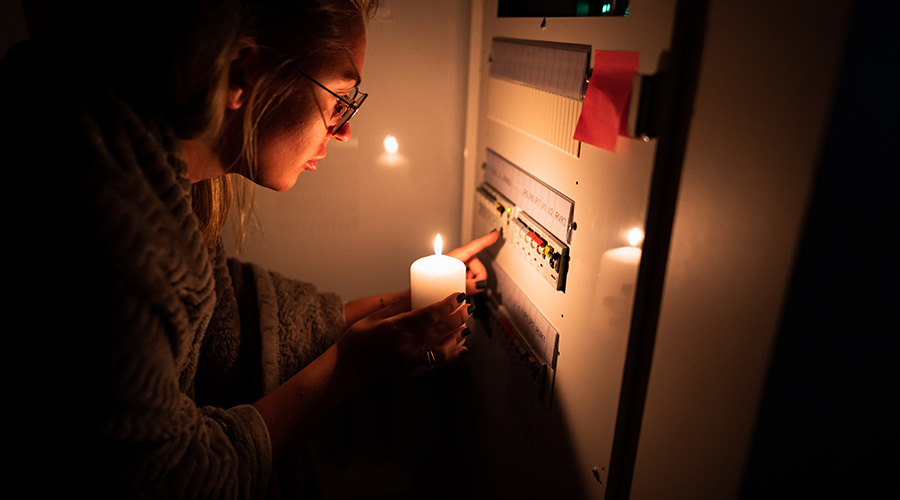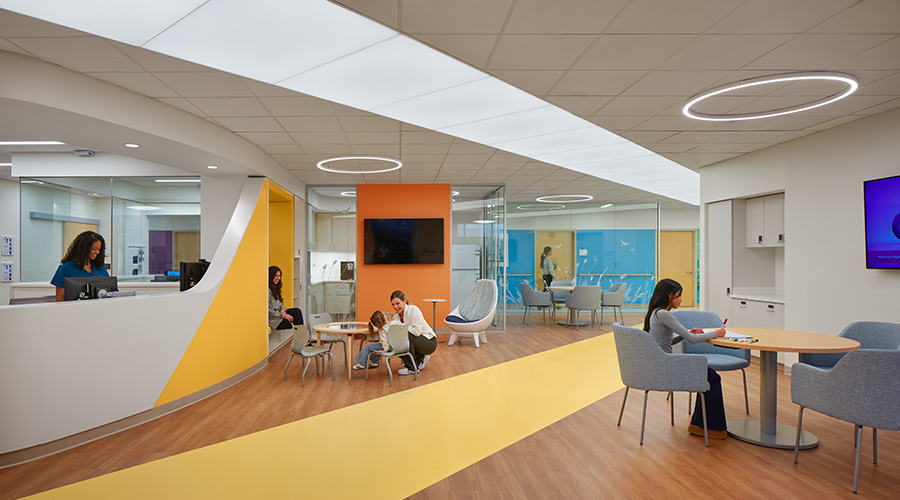These are not your parents’ senior living communities — at least not if Craig Witz and Vassar Byrd have anything to say about it. Speaking at the recent Environments for Aging national conference in Milwaukee, Witz and Byrd offered guidelines for owners, operators and architects who are renovating outdated senior living facilities and designing new developments.
They offered insights on “seven specific guiding principles that architects and owners/operators can follow to create a senior living product that looks and feels more like cool mixed use or connected village living and that is able to and is able to provide the types of connections and experiences this next generation desires.”
Byrd is CEO of Rose Villa Senior Living in Portland, Oregon. The 62-year-old community was originally envisioned as a neighborhood of single-level garden-apartment style homes for middle income elders. The development started as 90 homes on six acres and has grown to 220 independent living homes on 22 acres. In recent years, the development has undergone renovations and expansions to meet the changing needs of senior residents.
“Traditional design will not accommodate the intergenerational experience,” says Witz, principal of Witz Co., which provides master planning coordination, development project management, development feasibility modeling, and related services to senior living providers. He stressed the differing design and development needs of many post-World War II seniors and the needs and expectations of Baby Boomers and those who will follow them into senior living communities.
“The next generation wants integration into a larger community, intergenerational connections, opportunities for personal growth, a greater sense of purpose, and a seat at the table,” he says.
One principle Witz and Byrd emphasized is, “Connected, not apart.”
“In traditional designs, the community is often disconnected to its surroundings and often requires a car or community bus to participate in events off campus.” Witz says, adding that the more modern approach to site selection involves creating senior communities that foster intergenerational connections and allow for walkable, bikeable and easy connection to nearby amenities.
Byrd and Witz also stressed the importance of “Up, not back” in developing and renovating senior living communities. This principle stresses facilities that feature entry from the street and parking in the back and side. This contrasts with traditional design that generally features a main entry behind a large front parking lot and often has no walkable connection to nearby amenities.
The preferred approach is to create connection with the surrounding community by locating parking areas on the side and behind facilities and bringing the development’s entry right up to the street, they said.
Byrd and Witt also discussed these design and development principles for new-generation senior living communities:
Mixed use, not single purpose. This approach avoids the traditional designs that use hub-and-spoke layouts in favor of a design that looks and feels like a mixed-use development.
Byrd says at Rose Villa, “We can close off Main Street for special events. We even have a farmer’s market. The look and feel is quaint, not ‘senior living.’ ”
Out, not in. New designs for senior developments focus outward to the community. Traditional designs have focused inward, with stores and program spaces inside the building and inaccessible to the outside community. Byrd points to Rose Villa’s original design that featured a cozy restaurant.
“The interior entryway doomed this restaurant,” she says. “Now we feature spaces that open to the public. We have a more casual restaurant that has an outside entry.”
Intergenerational, not age-segregated. Traditional senior living developments feature activities that are only for residents. New design approaches feature spaces and programs that specifically target residents, families and neighbors. Retail spaces are open to the public, and developments even offer kids’ playground and spaces for community events.
Varied and blurred, not generic and specific. Traditional designs use a bright line between independent and assistive living. Now that line is blurred, and developments offer a variety of living spaces.
Creating a sense of place. Traditional senior living developments are generally places with little empathy with placemaking, which is the process of creating quality places that people want to live, work, play, and learn in. New developments instead focus on spaces and activities that feature stories, history and symbolism that are approachable and welcoming to residents, families and the community. For example, Rose Villa offered a drag show to recognize LGBTQ residents and community members, Byrd says.
“The secret ingredient to making the community stand out and connect with prospects,” Witz says. “The focus is not on who residents were but on who they are.”
Dan Hounsell is senior editor for the facilities market. He has more than 25 years of experience covering engineering, maintenance, and grounds management issues in institutional and commercial facilities.

 Contaminants Under Foot: A Closer Look at Patient Room Floors
Contaminants Under Foot: A Closer Look at Patient Room Floors Power Outages Largely Driven by Extreme Weather Events
Power Outages Largely Driven by Extreme Weather Events Nemours Children's Health Opens New Moseley Foundation Institute Hospital
Nemours Children's Health Opens New Moseley Foundation Institute Hospital Code Compliance Isn't Enough for Healthcare Resilience
Code Compliance Isn't Enough for Healthcare Resilience Ribbon Cutting Marks First Phase Completion for New Montefiore Einstein Facility
Ribbon Cutting Marks First Phase Completion for New Montefiore Einstein Facility